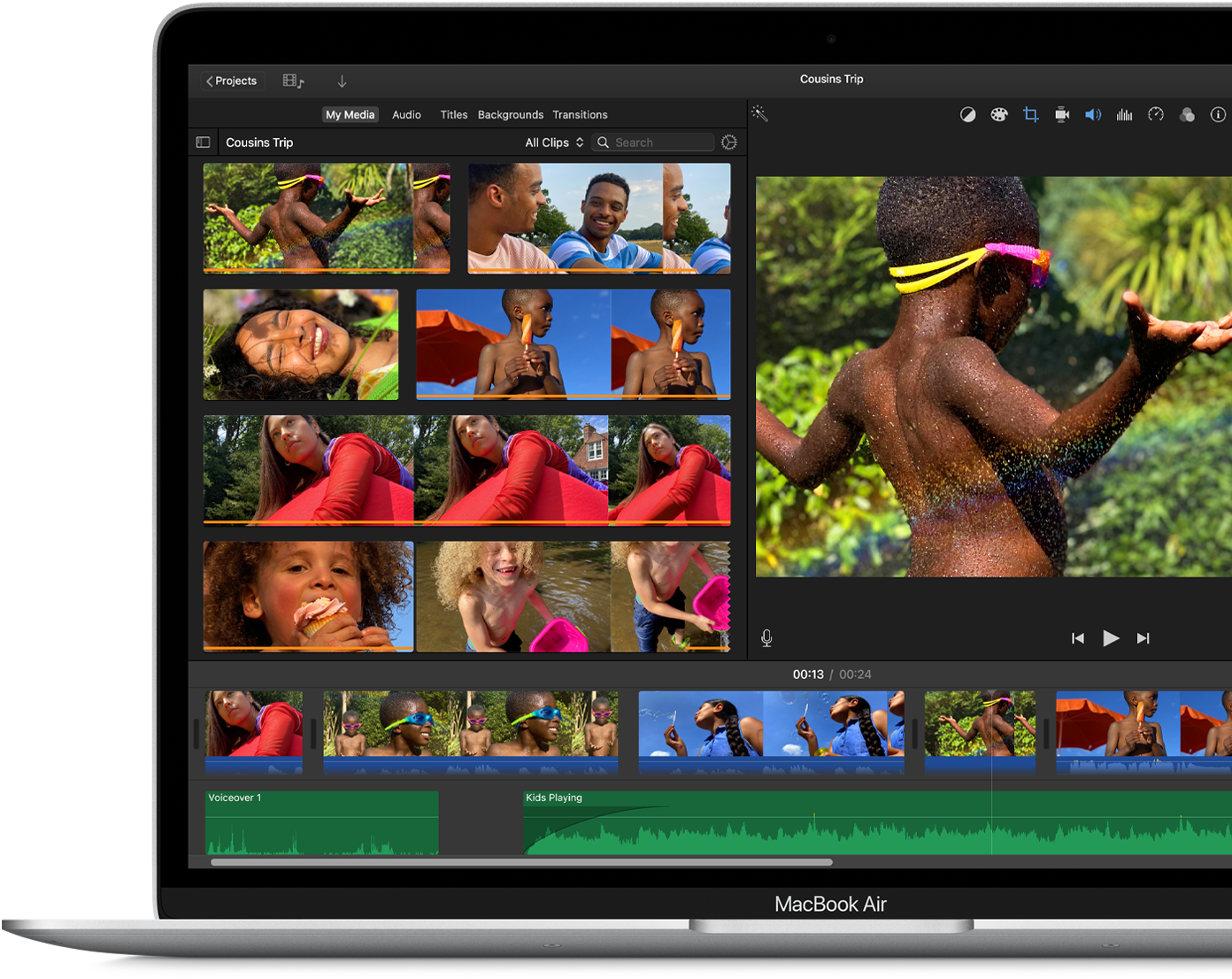


While this is true of even the base M1 found in the Air, the M1 Pro has significantly better encoding times, transfer speeds, and memory bandwidth thanks to more cores and transistors. No matter how many intense processing tasks you throw at Apple’s new proprietary silicon, performance is consistently putting out peak performance without turning on a fan. Compared to the new MacBook Pro-which includes tons of connectivity ports, is cool to the touch, silent, and drops battery at a rate of just 4 percent per hour-the difference is night and day. It often sets the fans off when juggling my creative workflow, requires a USB-C hub since it’s limited to just two ports, and has its battery drained at a rate of 24 percent per hour. To illustrate these real-world gains, I had to look no further than my work-issued laptop, an older 2019 MacBook Pro. This is true even when the battery life falls below 10 percent. But with M1 technology, MacBooks can do more work faster, for way longer, without needing to be plugged into a power source. Normally, laptop performance suffers when disconnected from power. This is a big deal because it allows for large jumps in power, efficiency, and memory caching. Apple combined all of these large pieces into a minuscule chip for a singular unified System On Chip (SoC) computing system. These include a Central Processing Unit (CPU), Graphics Processing Unit (GPU), and Random Access Memory (RAM). Traditionally, a computer is made up of individual physical components spread out on a board. The 10 Best Laptop Docking Stations What Is The Apple M1 Chip Powering These MacBooks, And Why Does It Matter?


 0 kommentar(er)
0 kommentar(er)
